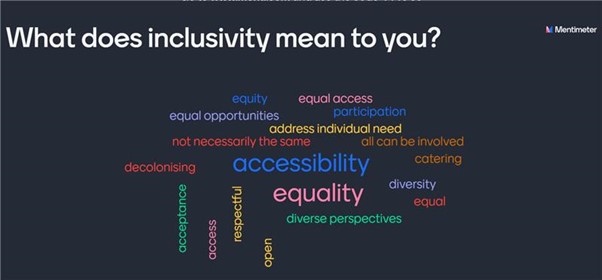 We are now inviting proposals for the 9th Annual Learning and Teaching Conference, Wednesday 30th June – Friday 2nd July 2021.
We are now inviting proposals for the 9th Annual Learning and Teaching Conference, Wednesday 30th June – Friday 2nd July 2021.
Submit and view the call for proposals here.
This year’s conference theme, Improvisation within Constraint: Reshaping a Learning Community in a Time of Change, aims to reflect the commitment that AU staff have to enhance the student learning experience. The four main strands of this year’s conference are:
- Flexible approaches to assessment design
- Embedding skills into the curriculum
- Lessons learnt from a blended approach
- Active Learning
Staff, postgraduate teaching assistants, and students are welcome to propose sessions on any topic relating to learning and teaching, especially those that focus on the incorporation and use of technology. Even if your suggestion doesn’t fit a particular strand, other topics are welcome.
We seek to encourage presenters to consider using alternative formats that reflect and suit the content of their sessions. As such, we are not specifying a standardised presentation format.
Please complete this form no later than 30th April 2021.
If you have any questions, please contact the Learning and Teaching Enhancement Unit at lteu@aber.ac.uk.
 Aberystwyth University is taking part in the Digital Experience Insights project aiming to explore our students’ experiences of technology. The project is based on online surveys designed by Jisc and used by different institutions across the UK.
Aberystwyth University is taking part in the Digital Experience Insights project aiming to explore our students’ experiences of technology. The project is based on online surveys designed by Jisc and used by different institutions across the UK.
 As leader of our PGCTHE programme, I keep an eye out for resources to help staff teach effectively. These include webinars, podcasts, online toolkits, publications and more. Topics include active learning, online/blended teaching, accessibility/inclusion, and effective learning design based on cognitive science. Below I’ve listed items that came to my attention in the past week. In the interest of clarity, our policy is to show the titles and descriptions in the language of delivery.
As leader of our PGCTHE programme, I keep an eye out for resources to help staff teach effectively. These include webinars, podcasts, online toolkits, publications and more. Topics include active learning, online/blended teaching, accessibility/inclusion, and effective learning design based on cognitive science. Below I’ve listed items that came to my attention in the past week. In the interest of clarity, our policy is to show the titles and descriptions in the language of delivery. 


 We are now inviting proposals for the 9th Annual Learning and Teaching Conference, Wednesday 30th June – Friday 2nd July 2021.
We are now inviting proposals for the 9th Annual Learning and Teaching Conference, Wednesday 30th June – Friday 2nd July 2021.